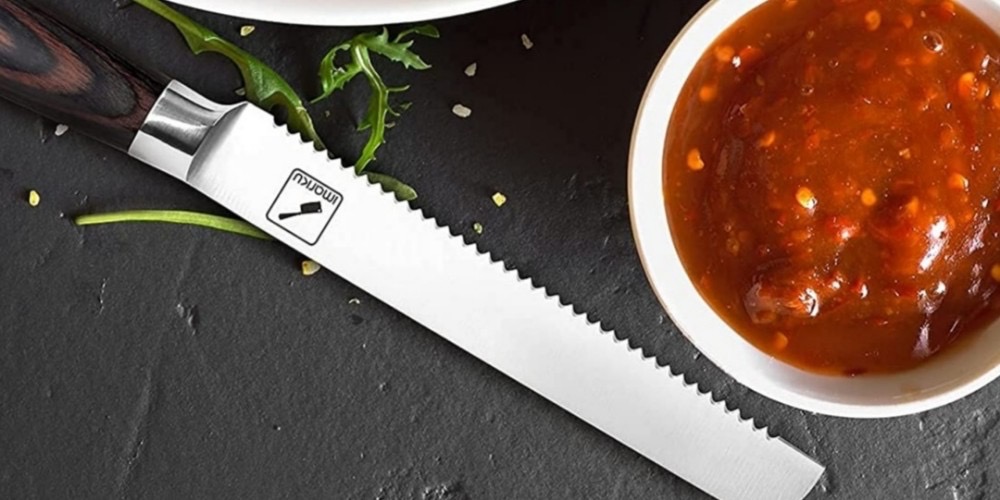As a good chef, identifying the different knife types is key to producing quality work in the kitchen. This is because the difference in knives is due to the different kitchen jobs they can perform. Some knives are often mistaken for each other because they effectively carry out each other’s jobs to perfection with no room for complaints or errors. One example of this case is the Steak Knife and the Paring Knife.
The Steak knife and paring knife are often mistaken for each other because of their structure and design. It only takes a professional chef to be able to distinguish between both of them. This article highlights details distinguishing a steak knife from a paring knife, so you know how to identify them when you shop similar items.
Steak Knives
These are knives used for cutting meat and can also serve as substitute knives used both inside and outside the kitchen. It has a thick, heavy blade with a length ranging from 5-7 inches.
Paring Knives
These knives are used as a substitute for the chef’s knife when working with smaller items in the kitchen. It features a light blade with a length ranging from 3 ½ -5 inches.
Similarities Between Steak Knives And Paring Knives
There are specific features that make a chef mistake a paring knife and steak knife to be often confused for each other. These features come down to how the knives are used. The similarities between steak knives and paring knives are:
- They are both excellent for preparing meat:The small and portable structure of both knives makes them practical and easier to use when cutting small size of meat. They are both ideal for preparing and filleting fishes and for skinning and cutting veins and cartilages off meat.
- They are both useful for baking purposes: Another reason why they are often confused for each other is because they are effective when used for baking purposes like cupcake filling, cutting cakes, and preparing small and beautiful dice in the bakery.
- For preparing Vegetables:Both knives can be used for cutting small size vegetables, preparing fruits for a fruit salad, and peeling or preparing tuber crops like yam, potatoes, and more.
- For detailed Jobs: The small structure of both knives enables them to retain the agility, comfort, and stability needed when carrying out detailed Jobs. These qualities allow the chef more control when carrying out specific jobs in the kitchen. Hence, quality jobs are produced using either paring knives or steak knives.
Differences Between Steak Knives And Paring Knives
There are specific features that differentiate steak knives from paring knives, and they are:
- Steak Knives have longer, thicker, and heavier blades than paring knives.
- Steak Knives exist in two blade styles, namely straight and serrated-edged blades while paring knives often only exist in one blade style: straight-edged blade.
- Steak Knives are also called dining knives because they are used when eating, while paring knives are called mini chef’s knives.
Conclusion
Steak Knives and paring knives have similar uses and benefits but are quite different from each other. This article highlights all you need to be able to differentiate between both knives.


